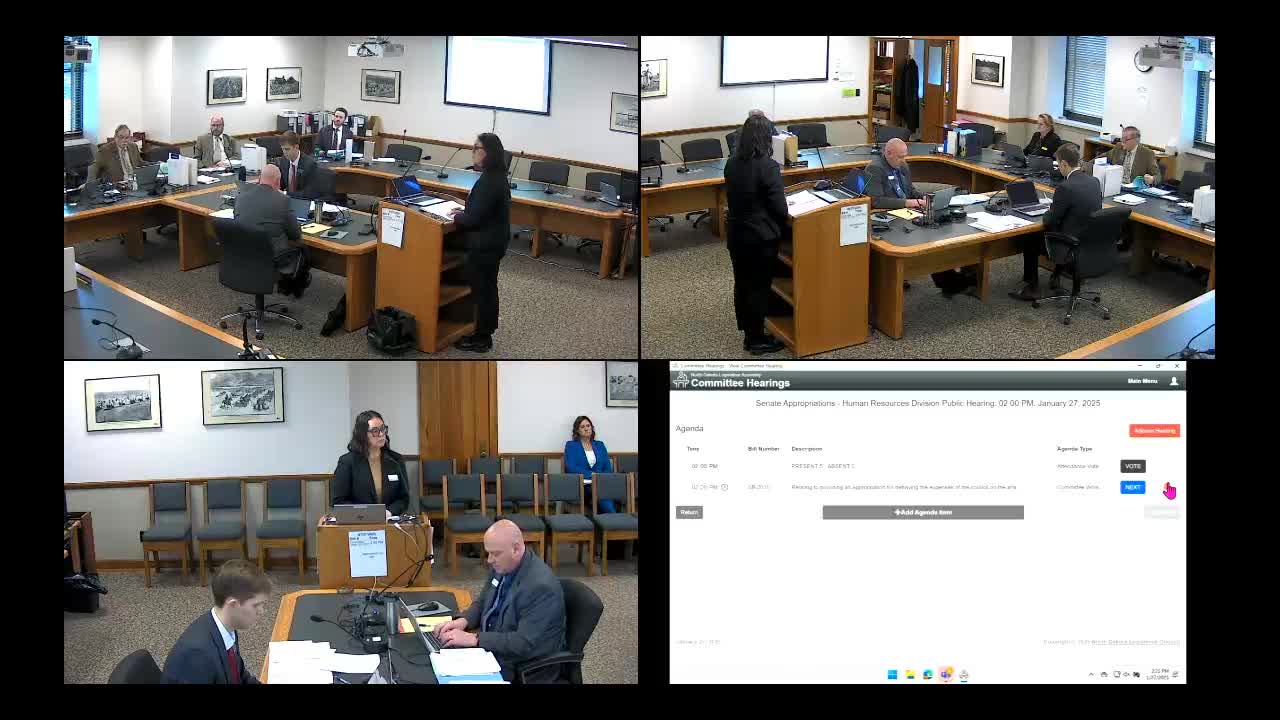North Dakota unveils plans for largest steel and glass sculpture in rural art initiative
January 27, 2025 | Appropriations - Human Resources Division, Senate, Legislative, North Dakota
Thanks to Scribe from Workplace AI , all articles about North Dakota are free for you to enjoy throughout 2025!

This article was created by AI using a video recording of the meeting. It summarizes the key points discussed, but for full details and context, please refer to the video of the full meeting. Link to Full Meeting
The discussion began with a focus on the timeline for project completion, with stakeholders noting that the average process takes approximately 27 to 29 months. Currently, four out of eight regions are ready to begin construction on their respective projects. The committee members expressed a desire to ensure that funds are actively utilized for these artistic endeavors rather than remaining idle.
A significant portion of the meeting was dedicated to showcasing specific projects that are set to commence. For instance, an artist team from Saint Paul is preparing to create what could be the largest steel and glass sculpture in the Guinness Book of Records, located near Rugby. This project aims to provide not only artistic value but also job training opportunities in welding and fabrication for local residents.
Other projects discussed included installations in various regions, such as a design by James Peterson that will incorporate elements of the local landscape near Grand Forks, and a community mosaic project utilizing North Dakota soil as clay, in partnership with US Forestry near Medora. Each installation is designed to be accessible from highways, ensuring visibility and engagement from the public.
The committee also addressed the need for additional administrative support, clarifying that the request for Full-Time Equivalents (FTEs) is aimed at enhancing the Council's capacity to manage ongoing grants and services, rather than being directly tied to the Arts Across the Prairie initiative.
In conclusion, the meeting underscored the commitment to advancing artistic projects that reflect North Dakota's cultural identity while fostering community involvement and economic opportunities. The next steps involve finalizing the infrastructure necessary for these projects, ensuring they are sustainable and accessible for future generations.
Converted from Senate Appropriations - Human Resources Division Jan 27, 2025 meeting on January 27, 2025
Link to Full Meeting
Comments
View full meeting
This article is based on a recent meeting—watch the full video and explore the complete transcript for deeper insights into the discussion.
View full meeting


